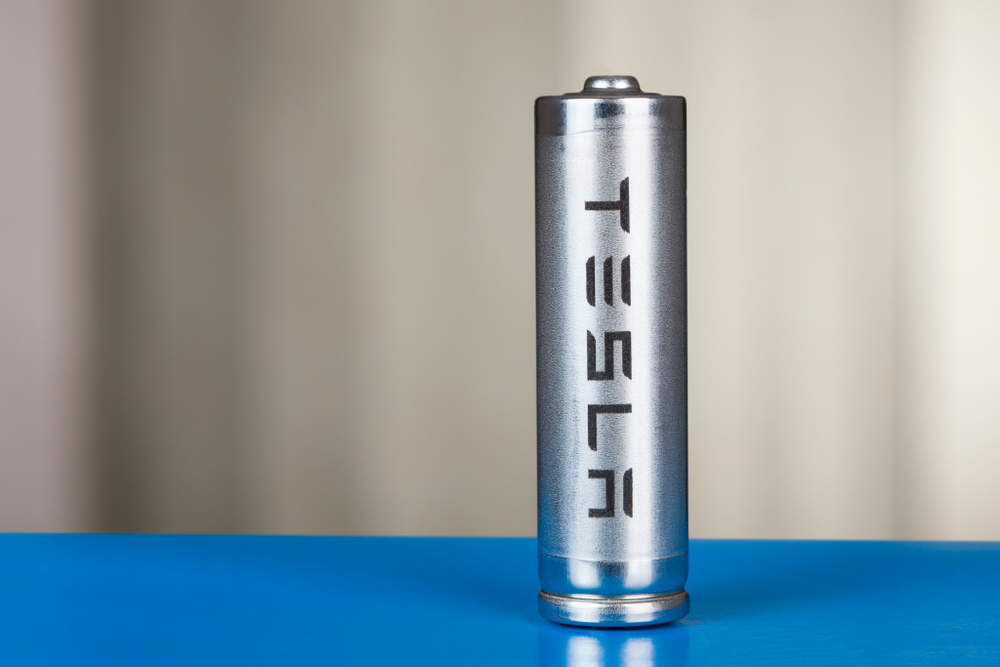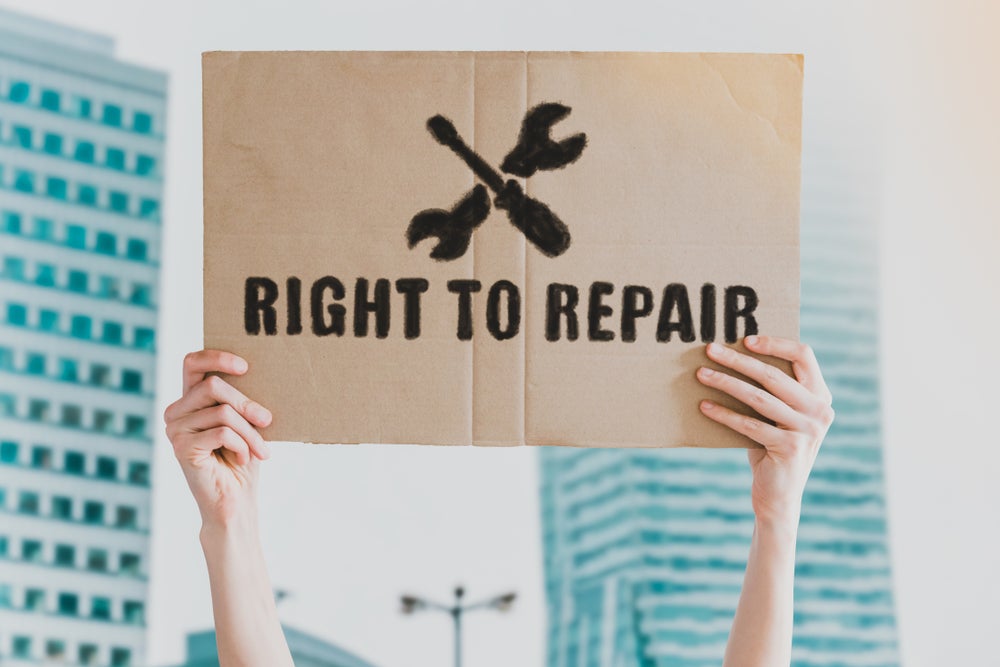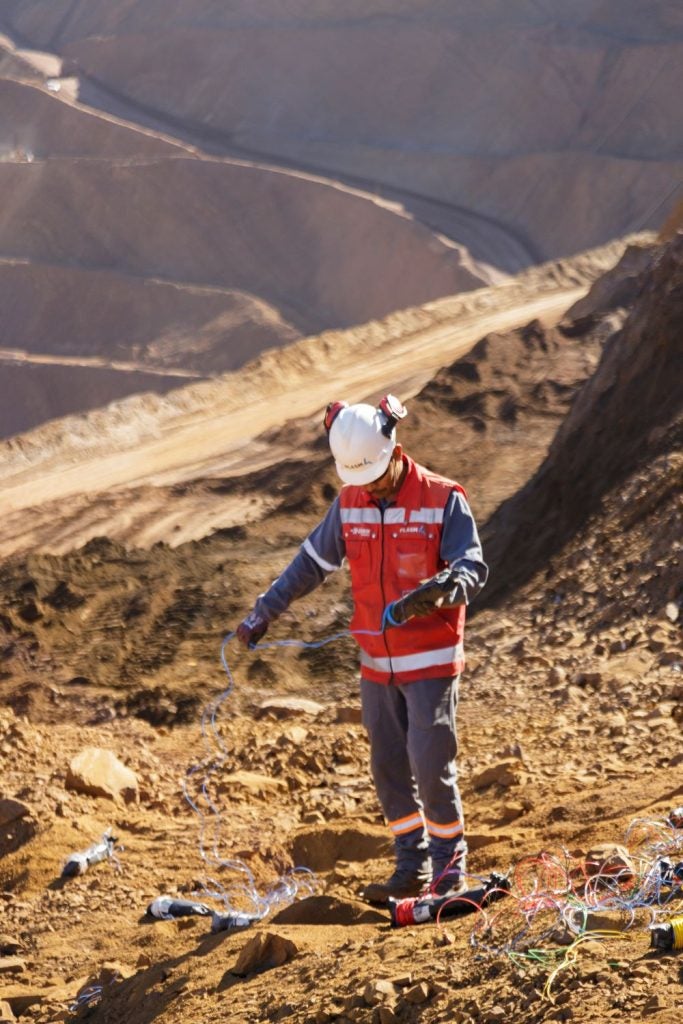Electric car maker turned renewable energy company Tesla has plugged in the world’s largest battery to support the electricity grid in South Australia, which has been suffering from an upwards spiral in prices and a decline in grid reliability.
Tesla managed to build the battery, which is based on the same lithium ion technology driving smartphone and laptops, ahead of schedule.
In a high-profile statement, Tesla founder and chief executive Elon Musk had promised to give away the battery if it was not completed within 100 days.
Large-scale battery storage is advancing very quickly, with prices going down, and the ability to store more power in a smaller volume going up.
Battery storage seems to be following a similar trajectory to solar panels, the price of which roughly halved over the last decade.
However, advances in battery technology are driven by the boom in electric vehicles, and it is not surprising that it is companies like Tesla that are investing so much in improving batteries.
How well do you really know your competitors?
Access the most comprehensive Company Profiles on the market, powered by GlobalData. Save hours of research. Gain competitive edge.

Thank you!
Your download email will arrive shortly
Not ready to buy yet? Download a free sample
We are confident about the unique quality of our Company Profiles. However, we want you to make the most beneficial decision for your business, so we offer a free sample that you can download by submitting the below form
By GlobalDataBut why does this matter to the utilities business model?
The answer is that the design and operation of electric grids has, for the past century, been driven by the fundamental inability to store electricity at a large enough scale for most applications.
This has meant that the electricity systems are built and operated to compensate for this.
Business models, regulations, and technology have all evolved under this fundamental constraint.
You simply had to ensure that your electricity generation matched demand peaks and troughs, and that your electrical grid could handle the right loads in the right places.
This has been changed radically, due to the increase in renewables, which are in the industry’s parlance “non-dispatchable”.
This means that you cannot tell wind when to blow and you cannot tell the sun when to shine (although you can predict the latter with accuracy).
What a large enough battery can do is make this irrelevant: if you have a big enough battery (or many medium-sized batteries) then you can do away with the need for dispatchable generation, which tends to be gas-fired.
Instead, your batteries can store excess solar and wind energy, and releases it whenever it is needed.
In addition to batteries and renewables becoming cheaper, all manner of mini and micro grid systems are coming to market, providing what is essentially a grid-in-a-box solution.
Some micro-grids — the Brooklyn micro-grid project is a notable example — are even experimenting with using blockchain to set up peer-to-peer energy trading between those connected to the grid.
This combination of storage, small-scale grids, and renewable distributed generation means that anyone, at any level could have reliable and scalable power supply without relying on a traditional power utility at all.
This is what utilities call grid defection and if it happens enough, it could threaten the entire industry.
The technology to support this simple form of grid defection already exists, but just beyond the horizon are other technologies around micro-grids and energy trading that could mean that residents of a village, or a students on a campus could set up their own micro-utility, and defect collectively.
At the moment, people are still dependent on utilities, but if current trends in solar and storage prices continue, and consumers continue to mistrust utilities, it will soon become very tempting for most to defect from the grid, at least partially.
Additionally, in many developing markets where grid connections are unreliable or non-existent, and where governments struggle to raise the very high capital needed to build grid and generation assets from scratch, many will buy solar-plus-storage systems, and then gradually connect some of those together into local micro-grids.
If that happens, it is unlikely that the large-scale utility model that exists in developed countries will ever emerge.







